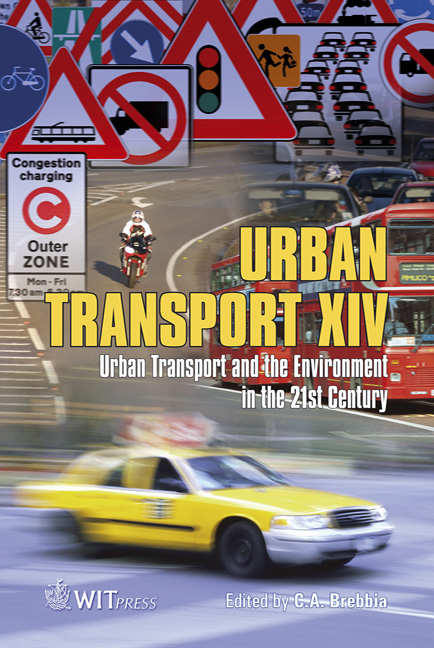Lyapunov Based Stability Analysis For Metro Lines
Price
Free (open access)
Transaction
Volume
101
Pages
9
Page Range
111 - 119
Published
2008
Size
484 kb
Paper DOI
10.2495/UT080111
Copyright
WIT Press
Author(s)
A. Berbey, R. Galán, P. San Segundo & J. Sanz-Bobi
Abstract
In this work a direct method to measure the stability of metro system lines with respect to a previously constructed time schedule is presented. For this purpose we first model saturation effects using a real time discrete space state representation and then apply a Lyapunov-based stability analysis considering time delays of trains as disturbances. As a result we have been able to define a new set of indexes that relate time delays with the validity of the actual time schedule when falling inside a particular ‘stability area’. Results obtained in a simulated environment show that the new stability indexes are able to evaluate quantitatively and qualitatively the effects of saturation in metro lines as well as predict the need for rescheduling Keywords: metro system, stability, planning, genetic algorithm, artificial intelligence. 1 Introduction The dynamics of metro line systems have been deeply studied by several researchers [1–5,7–10]. Most of these dynamical models are based on the Sasama and Ohkawa [9] linear model. It is well known that such kind of linear models, usually yield simple formulation, implementation and simulation. As a result, some dynamic traffic linear controllers [1–3,7] and real time simulators [3,4] have been proposed.
Keywords
metro system, stability, planning, genetic algorithm, artificial intelligence.





